As known, a multimedia projector provides image projection on a large screen. Of course, it requires an external video content source, such as a computer, DVD player, TV tuner, WiFi, etc.
Today, media projectors are among the most popular devices. Of course, companies respond adequately to high demand, offering a huge range of different models. This list includes 1-chip (DLP) and 3-chip projectors based on DLP, 3LCD or LCoS (D-ILA, SXRD) technologies using mercury UHP or xenon lamps, or semiconductor (laser, LED or hybrid) light sources. Of course, such a variety is accompanied by a huge difference in the basic technical spec and functionality of the models. Therefore, even their simplified classification can simplify the selection of the optimal model.
This list includes:
– the matrix resolution and its physical format (4: 3, 16: 9, 16:10, etc.);
– projection image technology;
– brightness of the light flux;
– interfaces;
– lens characteristics;
– noise level (20-24 dB);
– parameters of the projected image (throw ratio, image size, etc).
Resolution and format
The resolution of the matrix depends on the number of pixels of liquid crystals or micromirrors. Modern models support the following formats:
4: 3 aspect ratio:
-VGA (640×480);
-SVGA (800×600);
-XGA (1024×780);
-SXGA (1280×1024);
-SXGA+ (1400×1050);
-UXGA (1600×1200);
-QXGA (2048×1536).
Picture format 16: 9, 16:10, 15: 9:
-W XGA (1280×768 or 1280×780);
-HD720 (1280×720);
-W VGA (864×480);
-W SVGA (1024×576);
-Full HD (1920×1080);
-WUXGA (1920×1200);
-HD 4K (4096×2400).
The 4: 3 format is the main class of installation models and projectors for mobile presentations, and widescreen models lead the class at home and professional cinema. However, the triumphant spread of high-definition standards, widescreen laptops, and Windows Vista has provoked in recent years a trend towards the dominance of widescreen matrices.
Most projectors support the most common color systems, including PAL, SECAM, NTSC 3.58 and NTSC4.43. Newer models usually support HDTV format.
Of course, perfect playback requires matching the formats of content source and projector. The projector spec contains this value, which corresponds to the real number of pixels. But, as a rule, projectors can receive a signal of another resolution due to the use of information compression. Unfortunately, it distorts the image. The distortion degree depends on the quality of the processing algorithms.
In addition, almost all modern projectors support image format setting. Unfortunately, any reformatting reduces the used area of the matrix and, accordingly, the number of pixels.
Projection image technology
The liquid crystals in the 3LCD technology use the light pass, DLP and LCoS (D-ILA, SXRD) technologies use micromirrors and liquid crystals to reflect light fluxes.
But today all these technologies successfully compete, having their own advantages and disadvantages.
Brightness of the light flux
The luminous flux of multimedia projectors is measured in ANSI Lm, which was proposed by the American Institute of National Standards (ANSI) in 1982. This unit of measurement characterizes the average value of the projector’s luminous flux in nine zones, which are evenly distributed over the screen area of a certain size.
The brightness of modern heavy-duty installation projectors can reach 60,000 ANSI Lm. For example, the Christie 4K D4KLH60 provides from 5,000 to 60,000 lm using 3-chip DLP technology and 1 to 12 laser modules as the light source.
On the other hand, the brightness of many popular portable (Cube, Pocket, Pico, Mini) projectors does not exceed hundreds or even tens of ANSI Lm. For example, HDMI Pocket M60 projector provides only 85 Lm.
As a rule, viewing video content with home theater projectors is usually accompanied by a darkening the room. In this case, even a relatively small brightness in the range from 300 to 500 ANSI Lm provides good contrast ratio. But viewing in a lighted room or in the daytime without darkening requires a higher brightness.
A rough estimate of the required luminous flux power can use the empirical formula lm = screen area x light ratio. Usually, it varies between 500-800 for non-darkened rooms and 200-350 – in the case of darkening. But it should be noted that the real luminous flux of the projector, as a rule, does not exceed 80-90% of that specified in the spec.
Unfortunately, direct sunlight on the screen dramatically reduces the image quality of even a very powerful projector.
Contrast ratio
As known, the contrast ratio is the ratio of the maximum brightness to the minimum when projecting the white and black fields, respectively. Unfortunately, the lack of a unified measurement standard complicates its use. Some companies calculate the contrast only in the image center. The ANSI method provides for the averaging of measurement data across distributed zones, except the central one, separately for white and black fields. As a rule, this value rarely exceeds 400: 1.
Dynamic contrast is measured for a white screen with an open aperture, and then for a black screen with a closed aperture. Of course, dynamic contrast is radically different from traditional ANSI contrast. Almost all leading companies are developing their own technologies to increase dynamic contrast. This technology uses an automatic aperture, which partially blocks the light flux in dark scenes, but totally passes it in bright scenes. Of course, it greatly enhances the image contrast.
For example, many modern models provide 50,000: 1 and higher. Today JVC projectors provide maximum native contrast.
Throw ratio
Usually, modern multimedia projectors use zoom lenses with variable focal length. Moreover, many models provide AutoZoom or focus with the remote control.
Of course, throw ratio is one of the main spec of the projector. It’s equal to the ratio of the projection distance to the width of the image. Standard models have a Pro range of 1.8-2.2, a long throw lens provides 4–8, a short throw lens supports 0.8–1.2.
Today, companies offer ultra-short focal laser projectors. They can create images of 80-100 inches diagonally at a projection distance up to 15 inches.
Primarily,the choice of screen size depends on 2 conditions:
– the distance from the farthest viewpoint should not exceed 5-6 times the width of the screen;
– the distance from the nearest viewpoint must be greater than 1.5 screen width.
Projector Light Sources
As a rule, modern multimedia projectors use ultrahigh pressure metal halide (mercury) UHP (Ultra High Pressure) lamps with 100 atmospheres and above. But projectors with a brightness of 10,000 ANSI lm and higher use xenon lamps, providing a powerful luminous flux with excellent spectrum. But xenon lamps have a shorter service life. Mercury and, especially, xenon lamps are quite expensive. Their cost can reach 20-35% of the projector price and even higher.
But portable projectors usually use semiconductor light sources (LEDs or laser diodes). As known, laser diodes are LEDs with additional optical resonators that amplify light of a strictly defined wavelength. But they usually provide only a few hundred ANSI lm. As a result, low brightness requires the use of a darkened room. On the other hand, they have a very high service life (20,000-25,000 hours) and work almost silently due to the lack of a powerful cooling system.
This video demonstrates the 5 Best Mini Projector 2019.
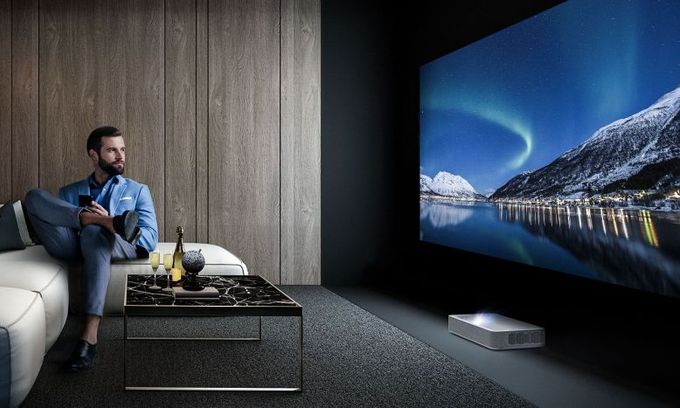
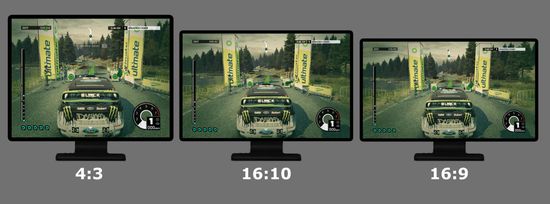
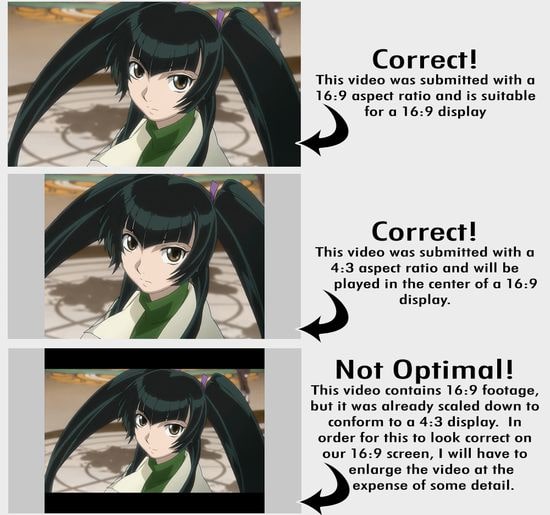
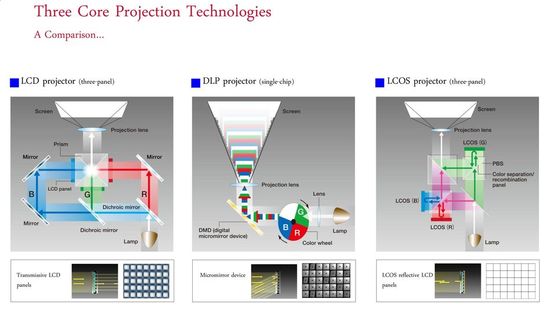
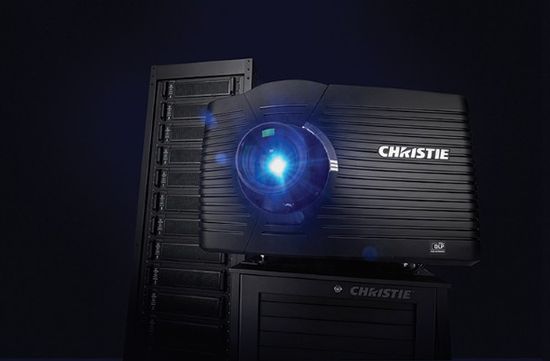
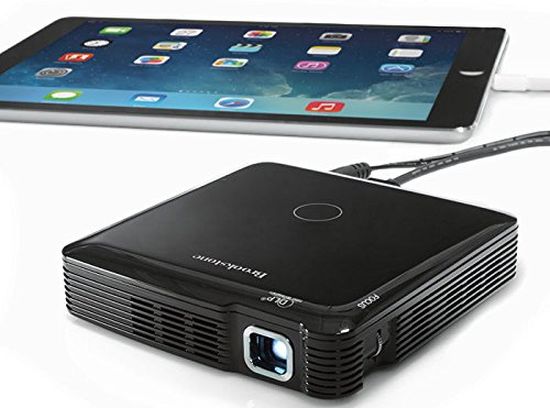
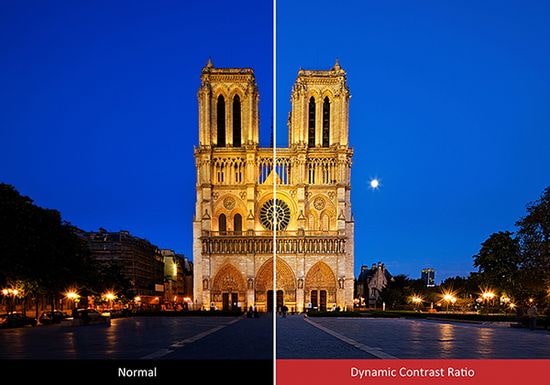
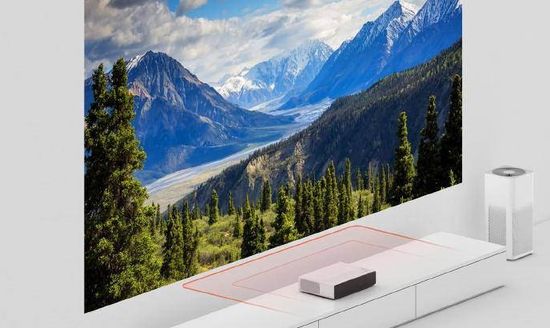
Pingback: Viewsonic Pro8530HDL projector - The Appliances Reviews
Pingback: 3D projectors - The Appliances Reviews
Pingback: Contrast ratio - The Appliances Reviews
Pingback: Laser projector vs lamp projector - The Appliances Reviews
Pingback: What is 3LCD projector - The Appliances Reviews
Pingback: DLP projector working - The Appliances Reviews
Pingback: What is projector and its types? - The Appliances Reviews